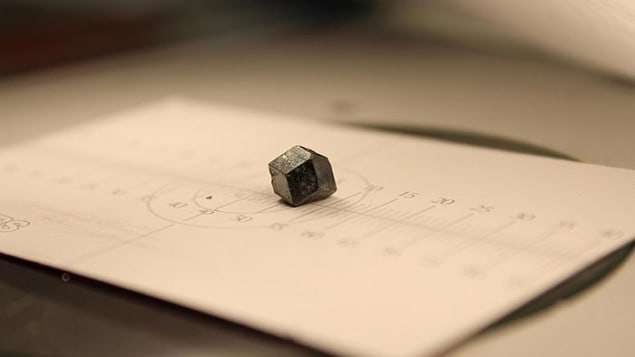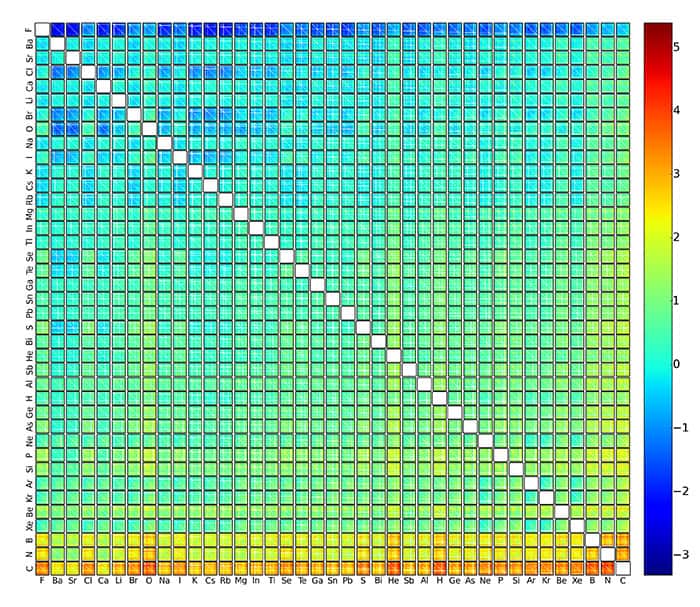Flash Physics is our daily pick of the latest need-to-know developments from the global physics community selected by Physics World‘s team of editors and reporters

Affordable radiation detectors made from new crystals
Low-cost single crystals that are very good at detecting gamma rays have been created in Switzerland by researchers at the Empa materials lab and ETH Zurich. Maksym Kovalenko and colleagues have shown that the material works just as well as expensive cadmium-telluride crystals, but can be grown using low-cost solvents or even water. The new lead-halide perovskite crystals meet three important criteria for making gamma-ray detectors. They are composed of high-atomic-number elements such as lead, so they are good absorbers of gamma rays. Also, the crystals are semiconductors with extremely long-lived and mobile charge carriers at room temperature. This means that much of the energy absorbed from gamma rays is converted into a large and measureable electronic signal without the need to cryogenically cool the detector. Finally, the material is stable to both changes in temperature and mechanical forces. As well as use in low-cost devices monitoring the environment for radioactive materials – possibly as a chip in a mobile phone – the crystals could also be used to establish the purity of radioactive tracers that are used in medical imaging. The material is described in Nano Letters.
Deal signed for Canary Islands to host northern Cherenkov telescope

The northern-hemisphere part of the planned Cherenkov Telescope Array (CTA) observatory will be located at the Roque de los Muchachos Observatory in La Palma, one of Spain’s Canary Islands. The northern CTA will comprise 19 telescopes that will be located at an altitude of 2200 m and will detect flashes of Cherenkov light that are given off when high-energy gamma rays collide with matter in the atmosphere. Roque de los Muchachos is run by the Instituto de Astrofísica de Canarias (IAC), which has just signed an agreement with CTA astronomers that secures 10% of the observation time on the northern CTA for scientists in Spain. A prototype CTA telescope saw first light in 2015 and construction is expected to begin in 2017 on 99 telescopes at the European Southern Observatory facility in Paranal, Chile.
Artificial intelligence discovers new materials

The properties of two million crystalline materials have been calculated by chemists in Switzerland and Sweden using artificial intelligence. The research flagged up 90 previously unknown thermodynamically stable crystals. The work focussed on a family of materials called elpasolites, which occur naturally at several locations worldwide. The transparent materials show promise for use as scintillators in particle-physics detectors, but researchers have been unable to produce a type of elpasolite that is ideally suited for this use. Felix Faber and colleagues at the University of Basel used quantum mechanics to predict the properties of thousands of elpasolite variations and then used this information to “train” an artificial-intelligence system to predict the properties of many more elpasolites. The predictions are described in Physical Review Letters.
- You can find all our daily Flash Physics posts in the website’s news section, as well as on Twitter and Facebook using #FlashPhysics. Tune in to physicsworld.com later today to read today’s extensive news story on quantum phase transitions in nuclei.



